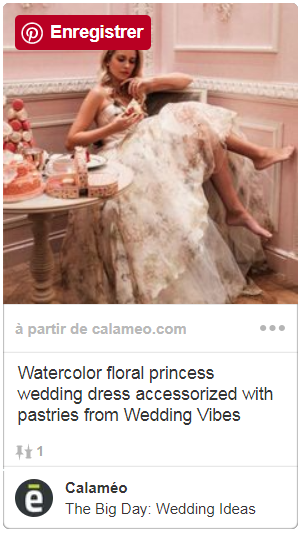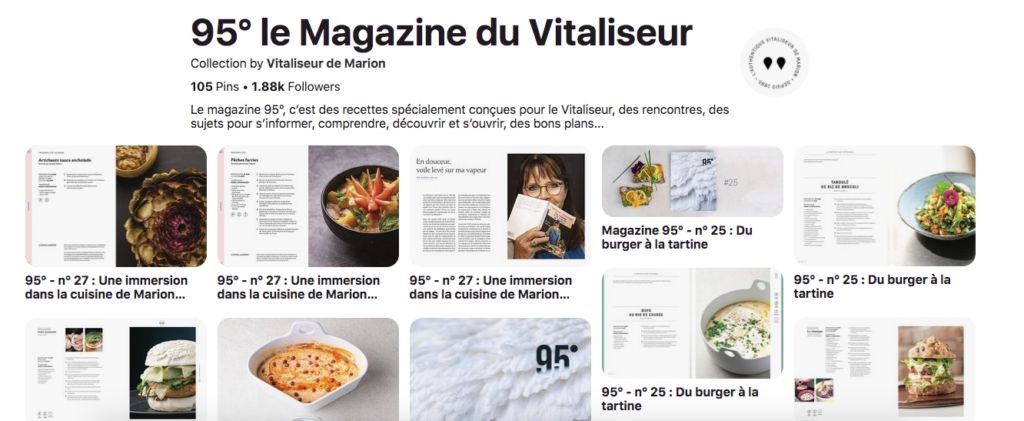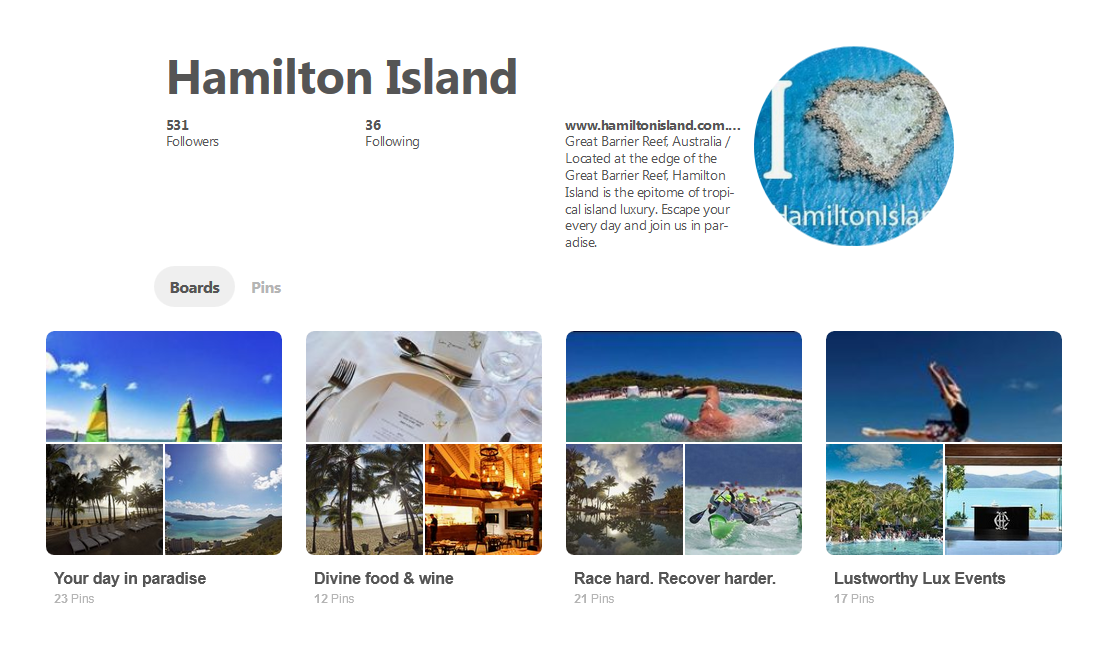Social networks are a simple, efficient channel for letting readers know about your digital publications. But not all shares are equally effective. For example, garbled text and broken links will attract fewer clicks than well-prepared content. To optimize your publications for best results in social media posts, you can take a few easy steps in just five minutes.
In this article, we’ll be highlighting quick fixes that give your publications a professional look for sharing on Facebook, Twitter and more.
 Add a clear title
Add a clear title
When you share a link to your Calaméo publication on social media, its title has a big place in the post. In fact, the title usually appears in a bigger and/or bold font. As a result, you should be sure to choose a clear, concise title for your publication. Even better, include keywords to interest your audience. Avoid including information like the file size and type that may distract or confuse readers.
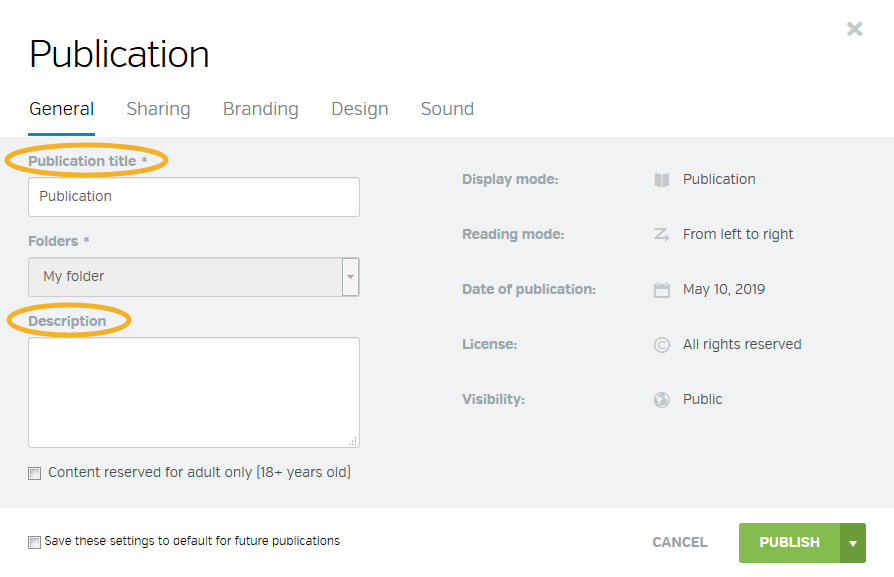
 Get descriptive
Get descriptive
A short description is a great opportunity to introduce your publication to potential readers scrolling through their social media feeds. Since the description text appears in the link preview, make it count. We recommend that you give an overview of your publication’s contents, in addition to a strong CTA. And of course, always review your social media post to double-check the formatting—making changes to the description on Calaméo is painless.
 Showcase bold covers
Showcase bold covers
Your publication’s cover image will be shown in the link preview on social media, so it should stand out! First, make sure your publication has a dedicated cover page. Next, consider the design. To catch the eye of curious readers, you may prefer a bold, colorful cover instead of a white background and small type. Check out the example below:
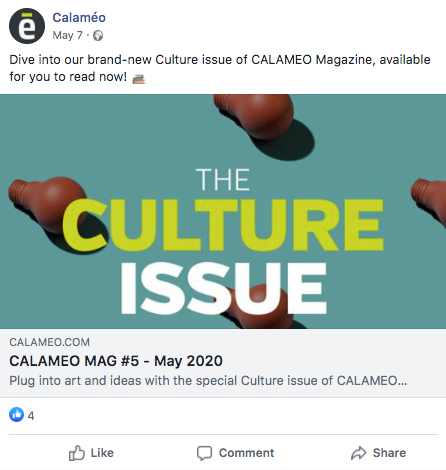
 Check privacy settings
Check privacy settings
In order to share your publications on social media, you first need to verify that they are accessible to the right audience. You can share a private publication that has been authorized for access with a private URL. Or you may also configure a private publication for subscriber access. Your subscribers will then be directed to log in with the unique username and password that you have defined for each of them.
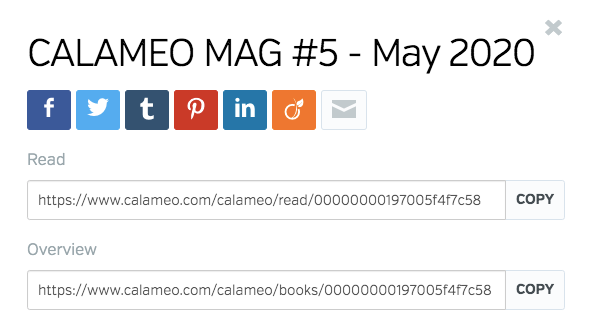
 Select link options
Select link options
Once all of your publication’s properties are prepared, it’s time to choose the link that you want to share on social media. You can either link to the overview page of your publication on Calaméo or directly to the viewer. Want to highlight a particular section in your post? Just add ?page= followed by a page number to the publication URL. Your link will bring readers straight to that page.
💡TIP: If you’re sharing a publication on Facebook, try using the Sharing Debugger to confirm that the title, description and cover display properly before you hit post.
 Include hashtags
Include hashtags
Tags and hashtags are a smart tool to help more people discover your publications on social media. A little research will tell you which hashtags related to your business or activity are most popular. But don’t be afraid of less-used, quirkier hashtags either—they can add personality to your posts. Tagging other accounts or pages should only be used when relevant, such as tagging a business featured in an article of your publication.
With these quick and easy tips you should be ready to optimize your digital publications for social media posts. And if you want even more ideas to develop your sharing strategy, head on over to our Digital Publisher’s Guide to Social Media.
We love to see the amazing content our users publish on Calaméo! Tag us @calameo on Facebook, Twitter and LinkedIn. Or show off your best covers with the #CalameoCoversClub hashtag for a chance to be featured on our homepage.



